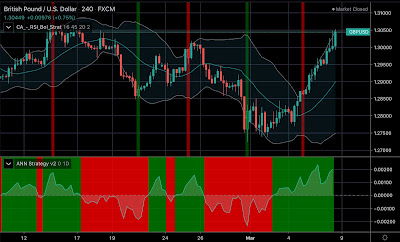Stage 1: Accumulation
Stocks (crypto, foreign currencies) are being amassed by major investors. Because the company's stock has a good foundation. It is expanding, and the price is still low. This is a stocking zone.
Stage 2: Mark up
Stock prices are driven higher by large investors, because the cost of the shares is low enough, and they want to raise the price to profit.
Stage 3: Distribution
The shares of large investors are gradually sold to retail investors, to generate a profit during a period when profit is sufficient.
Stage 4: Markdown
Big investors sell their shares. This was due to the company's fundamental shift in the deteriorating direction or do not want to hold that stock.
How to apply this knowledge to use.
The main goal, like with all trading knowledge, is to convert theories into actionable techniques. Understanding the stock cycle is a simple method for analyzing a stock chart. This study's major purpose is to identify price points of interest so that you may plan winning trades.
The primary focus should be on determining the price points at which a stock moves from one phase to the next. A shift from the accumulation phase to the markup phase might provide a significant long opportunity, whilst a shift from the distribution phase to the markdown phase can provide a significant short opportunity.
Planning these trades ahead of time will allow you to make better entries and exits. If you locate stock in an accumulation phase, for example, you may use your trading program to create an alert for when it breaks above its resistance level. In the event of a false breakout, you can make a trade at the commencement of the breakout and put a safe stop at the prior resistance line (new support).
There are a variety of methods to use this information to better your trade. Most importantly, knowing how the stock market works give you a better knowledge of "the overall picture" of the markets.
For long-term investors, they will look to buy stocks that are currently in Stage 1 to find good stocks that are either cheap or relatively inexpensive.
For the short-term investor, they will be looking to buy shares in stage 2, because they didn't want to wait too long. Because the second stage is a stock that the price is going up.














